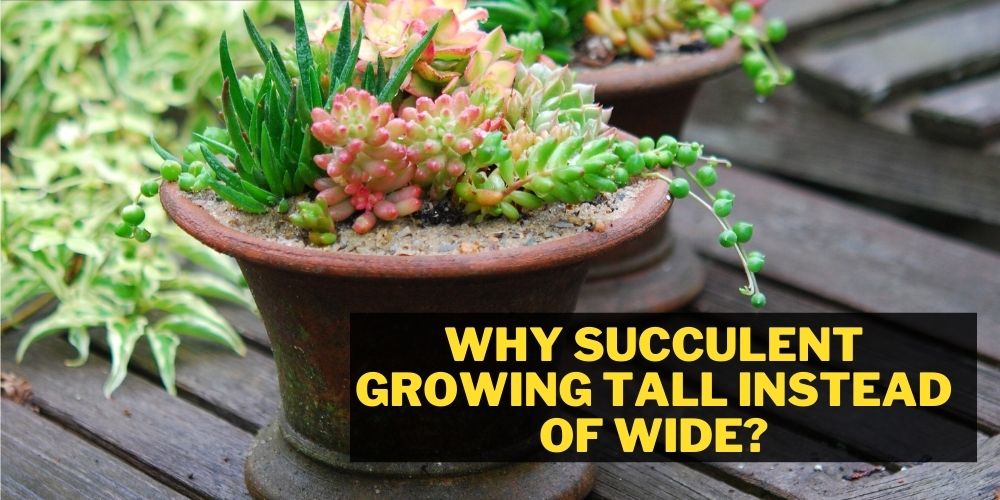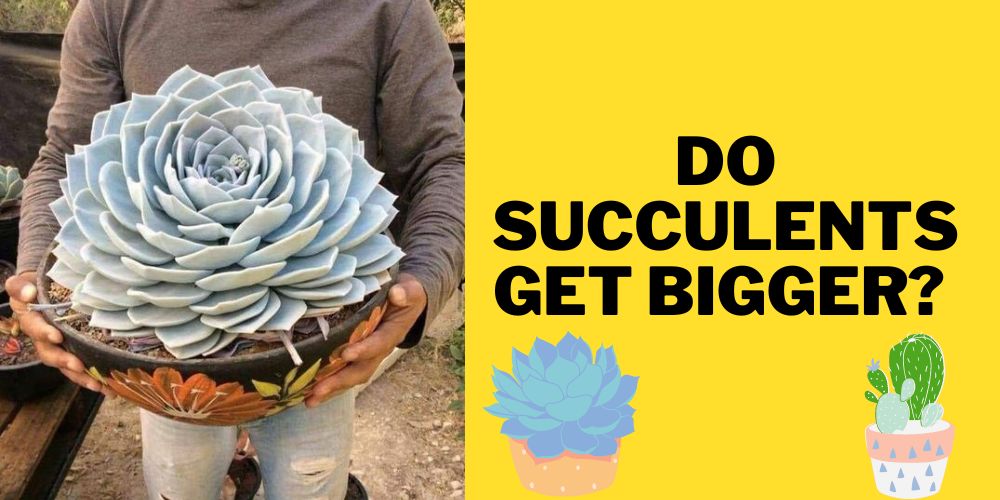There are over 450 species of Philodendron, many of which have similar characteristics. Two of the hardest to tell apart are the Jungle Boogie and the Xanadu.
Their required growing conditions and growth rate are almost identical,, which can easily be misleading earlier in their lives. But, in this page, I will extensively cover philodendron jungle boogie vs Xanadu topic, so that you don’t get confused between the two.
From afar, they also have quite similar appearances. The only surefire ways to distinguish between them is via the nature of their leaves and their growing pattern.
Jungle Boogie has longer leaves with shallow serrated edges, whereas Xanadu has shorter leaves with deeper serrations.

Due to its spread, these differences can make the Jungle Boogie seem dense compared to Xanadu. Furthermore, the Jungle Boogie can climb as a vine, whereas the Xanadu is a clumping plant that doesn’t climb at all.
We created this article on philodendron jungle boogie vs Xanadu with extensive research to help you, as the grower, distinguish between the two and make an informed decision in your garden.
Table of Contents
Is the Philodendron jungle boogie the same as Xanadu?
The Jungle Boogie and the Xanadu are two different plant species of the same type (Philodendron). The unique characteristic about most (not all) of these types of plants that derive from the Araceae family is that they are epiphytes.

They start their life by growing vines, then they go on to transform into plants that live upon other plants up the vine. There are some exceptions, though, and the Xanadu is one of them.
The Xanandu grows in more of a clumping fashion but can create quite a covering spread if trained to do so.
Philodendron jungle boogie: A Detail Overview
Jungle Boogie (a.k.a ‘tiger tooth’ or ‘Henderson’s Pride’) is one of the many species from the Philodendron genus and Araceae family.
It is also believed to be a Thai hybrid of this genus.
Jungle Boogie originated in the Mexico, Caribbean, Central, and South America regions and is now quite common in the average home.

It’s quite a popular choice for growers who wish to create a jungle garden. This particular plant is known for its zig zag patterned, vining, and climbing capabilities.
This type of plant produces beautiful long but narrow, mildly serrated leaves that are lush and dark green. Their ease of growth and maintenance makes them an extremely popular choice amongst growers.
What is Philodendron jungle boogie good for?
One of the beauties of this type of Philodendron is that it is an epiphyte. Meaning that growing these almost gives two types of plants in one.
A base plant and a vine grow more ‘plants’ as it continues through their growth cycle. In the beginning, the Jungle Boogie will spread on the ground as it heads towards a climbing trellis or wall.
This gives the growers a ground covering plant. Then, as it projects its vines, it will climb them and grow more foliage in budding areas.
This will produce more clusters of the base plant and continue to spread, creating a lush jungle cover. To top it all off, they are reasonably low maintenance!
Xanadu: A detailed Overview
Xanadu (a.k.a. ‘Winterbourn’) is another Philodendron species from the Araceae family.
This beautiful cousin of the Jungle Boogie originated in Brazil but was first discovered and noted by chance in Western Australia in the early 80’s.
Like its cousin, this species is also popular for growers who wish to create a jungle garden.

The difference with the Xanadu is that it doesn’t climb. Instead, it is more of a clumping plant that can create a really good ground cover. Its foliage is similar to the Jungle Boogie’s in that they are lush and green.
In contrast, though, Xanadus is more of a lighter green to pale yellow with much shorter and more defined serrated leaves. They are also considered a low maintenance plant that is great for beginners.
What is Philodendron Xanadu good for?
The Xanadu species of Philodendron is much better suited as a base covering plant. They can be spaced 12-24 inches (30-60cm) apart, enabling them to blend in seamlessly as they spread.
One of their greatest attributes is their ability to purify the air in the areas where they grow.
They help to absorb carbon dioxide and other harmful toxins and return oxygen as a thank you. Visually, these plants are just divine. Planting some of these in an indoor space with a touch of humidity will float any mind into a jungle consciousness.
Philodendron jungle boogie vs Xanadu : What’s the Difference?
As we know, there are a lot of similarities between the Jungle Boogie and Xanadu species of Philodendron. However, they are also quite different in several ways that help distinguish between them. For example, the foliage and slight variation in color help to determine which is which.

Let’s look at the differences side by side in a comparison table of philodendron jungle boogie vs Xanadu to better understand.
| Philodendron Jungle Boogie | Philodendron Xanadu | |
| Scientific name | Philodendron Jungle Boogie | Thaumatophyllum Xanadu |
| Native Region | Mexico, Caribbean, Central and South America | Brazil but rediscovered in Western Australia |
| Dimensions | 24-36 Inches (61-91 cm) Height24-30 Inches (61-76 cm) Width/Spread | 24-48 inches (61-122 cm)Height36-60 Inches (92-152 cm)Width/Spread |
| Taxonomy | Araceae familyA.k.a Tiger tooth, Henderson’s pride | Araceae familyA.k.a Winterbourn |
| Growth Rate | Very Fast – 10 cm per week in growing season | Moderate – 2 cm per week in growing season |
| Plant Type | Ground cover as well as climbing vine | Ground cover |
| Leaf characteristics | Long, narrow saw-toothed (serrated edged) leaves Dark green that can grow to 6-8 inches (15-20 cm) long and 2-2.5 inches (5-7 cm) wide | Shorter, slightly wider leaves with deeper serration than the Jungle Boogie. Shiny, lighter green to pale yellow, leathery leaves that can grow to 3-5 inches (8-12.5 cm) long and 2.5-4 inches (7-10 cm) wide. |
| Growing difficulty | Easy – Beginner | Medium – Beginner/Intermediate (Can become competitive with other ground covering plants) |
| Soil Preference | Well draining such as cactus/succulent mix (at least 1 part sand can assist with drainage)Adequate aeration | Well draining. Loosely packed potting mix such as peat moss blended with sand is adequate. Aeration required |
| Potting | Pot once per year or when doubled in size. | Pot once every 2-3 years, observe the root ball each year in case this needs to be completed sooner. |
| Sun Exposure/Light Requirements | 6-8 hours per day of bright, indirect sunlight. | Minimum 6-7 hours per day of medium to bright, indirect sunlight.The more sun, the thicker the foliage can grow. |
| Watering | Once per week but make sure the top 2-3 inches potting mix is completely dry before rewatering. | Weekly, moist but not soaking soil. Allow the top 2-3 inches to completely dry out before adding extra water. |
| Climate/Temperature | Tropical/SubtropicalMaintain a steady65-90°F (18-32°C)with high humidity 50-70% | Tropical/SubtropicalMaintain a steady 65-82°F (18–28°C)with high humidity 50-70% |
| Fertilization | Monthly during the spring and summer (during growing periods)Use water soluble balanced blend | Every 2-4 weeks from spring to early fall/autumn (during growing periods)Use halved doses of water soluble well balanced blend,. |
| Tolerance | Moderately drought tolerant. Can go 1-2 weeks without watering. | Moderately drought tolerant.Can go 1-2 weeks without watering. |
| Growth/Hardiness Zone | USDA 9-11 | USDA 9B-10 |
| Pests | Almost completely pest resistant, Scale insects | Almost completely pest resistant, Erwinia can cause issues |
| Diseases | Bacterial Blight, leaf Spot, Root rot (overwatering and poor drainage) | Root rot due to overwatering and poor drainage |
Philodendron jungle boogie vs Xanadu : Which Is Better?
If we had to choose between the two species, we’d probably go with the Jungle Boogie. Simply because they are a viner and climber and for our style, it just suits extremely well.
It is a very tough decision, though; these tropical style garden additions are amazingly pain-free to grow and a joy to watch. The longer, greener leaves also help to get the Jungle Boogie over the line in our books.
Frequently Asked Questions (FAQs)
Are there different types of Philodendron Xanadu?
Aside from the standard, more traditional Philodendron Xanadu, many other known common hybrids exist. For example, the Golden philodendron xanadu lives up to its name. It produces light green to yellow leaves as opposed to the darker greens of the traditional variant.
Which philodendron is the most expensive?
There is a hybrid species that has sweet pink foliage. It is aptly named the Pink Princess Philodendron and sells for around $100 for a cutting. A mature plant can reach a figure of up to $2000, depending on the quality. The price tag continues to creep upward as internet influencers grow and promote this beautiful alternative.
How many species of Xanadu are there?
To this day, there are around 500 known and noted species of the Philodendron genus, with a handful of Xanadu hybrids to choose from.
Conclusion:
As similar as these two plants look from afar, getting up close and personal can easily help to define which is which. Jungle Boogie grows vines, climbs, and has longer, shallower serrated leaves.
Whereas Xanadu does not and cannot climb and grows shorter, deeper serrated leaves.
We hope that this article on philodendron jungle boogie vs Xanadu has helped to distinguish between the two. We look forward to seeing you at the next one. As always, happy growing!


